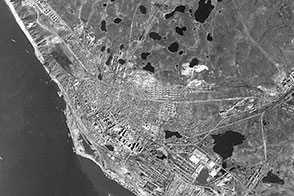

2004: Last donkey eliminated on Santiago.

Pinta island map trial#
Santiago was used as a second, larger trial area prior to attempting goat eradication on northern Isabela. 2001: Goat eradication initiated on Santiago Island.Santiago Island was declared pig-free in 2004. More than 18,000 pigs were removed during the Santiago pig program begun more than a decade before Project Isabela. 2000: Last pig was eliminated on Santiago.2000: The Global Environment Facility (GEF), a strategic partnership of the United Nations Development Program (UNDP), the United Nations Environment Program (UNEP), and the World Bank, approved a six-year, $13.3 million initiative to fund invasive species work in Galapagos, with Project Isabela as the primary focus.Goat eradication of Pinta was used to test new methodologies and train the team for the large-scale work on Isabela. 1999: Initiation of the Pinta phase of the Project.Goals included the eradication of goats and donkeys from northern Isabela pigs, goats, and donkeys from Santiago Island and goats from Pinta Island. The project was developed as a bi-institutional project of the CDF and the Galapagos National Park Directorate (GNPD). This workshop resulted in the Project Isabela Plan. In October 1995, the “Campaign to Save Alcedo” was launched. The group concluded that an aggressive, ecosystem-wide approach was needed, with new eradication technologies. A summit, organized by the Charles Darwin Foundation (CDF) in the UK, focused on the goat population explosion on northern Isabela and the impact on the tortoise population. Eradication work began on the smallest of the islands – Pinta – which was used as a training ground, then shifted to Santiago prior to the arrival of helicopters, which were essential for work to begin on northern Isabela. At the start Project Isabela, the goat population on northern Isabela was estimated at 100,000 animals. The project began in response to the massive ecosystem-wide destruction caused by introduced goats on Alcedo Volcano on northern Isabela. The goal of Project Isabela, initiated in 1997 and completed in 2006, was to eliminate large introduced mammals from northern Isabela Island (approximately 250,000 ha), Santiago Island (58,465 ha), and Pinta Island (5940 ha).


 0 kommentar(er)
0 kommentar(er)
